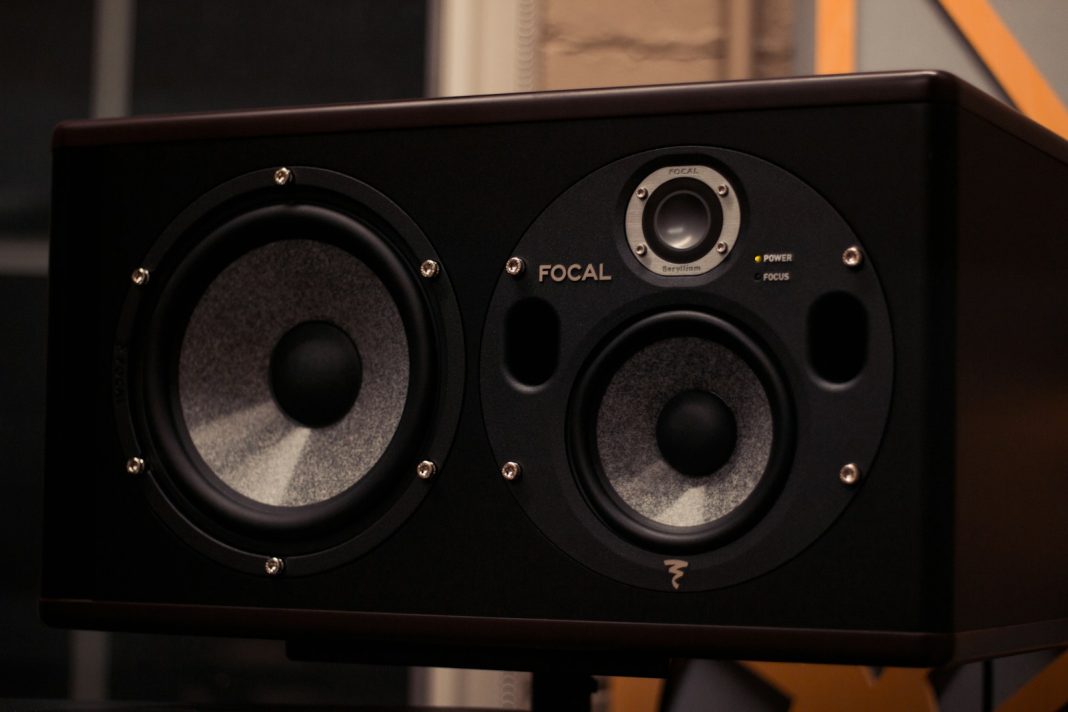In the pursuit of audio nirvana, whether you’re immersing yourself in music through a stereo setup or enjoying the cinematic thrill of a surround sound system, there’s one often overlooked hero – the subwoofer. These unassuming, cube-shaped cabinets hold the key to unlocking a world of powerful, low-end frequencies that not only enhance the overall listening experience but also provide relief to your main speakers. However, the challenge lies in the delicate art of subwoofer placement.
Why a Subwoofer?
Before delving into the intricacies of placement, let’s understand the significance of a subwoofer. These purpose-built boxes offer more bang for your buck, delivering superior and richer bass compared to traditional floor-standing speakers. Their dedicated power reduces strain on your AV receiver or amplifier, ensuring a more efficient route to a satisfying low-end.
The seamless integration of a subwoofer can elevate your entire audio system, expanding the soundstage’s depth and width. By offloading the heavy bass duties from your main speakers, a well-placed subwoofer contributes to cleaner, more defined sound.
Navigating Room Dynamics
The acoustics of your listening space play a pivotal role in subwoofer performance. Often, we overlook the impact of room factors such as size, shape, and materials on sound quality. Bass frequencies, being omnidirectional, bounce off surfaces, leading to challenges like standing waves or bass nulls.
Standing waves, caused by specific frequencies reinforcing due to room factors, result in a ‘boomy’ effect with one-note bass lacking definition. On the other hand, bass nulls occur when reflected waves cancel each other out, creating dead spots. To combat these effects, one can choose to work with the room through strategic subwoofer placement or employ room correction software to counteract unfavourable acoustics.
Where to Position Your Subwoofer
Subwoofer placement is an art that requires consideration of various factors. Placing it in a corner or close to a wall may provide more bass, but not necessarily the best quality. Smaller, low-powered subwoofers benefit from boundary reinforcement, while high-quality ones shine when positioned at least 8 to 12 inches from any wall. The front half of the listening space, closer to the front-channel loudspeakers, is generally the optimal location.
Here’s a step-by-step guide to help you find the sweet spot:
- Carte Blanche: If you have the flexibility and space, temporarily move your listening area, place the subwoofer where your chair used to be, and explore different spots for optimal bass.
- Anywhere in the Front: Follow the “Rule of Thirds” – position the subwoofer a third of the way into your room from a wall to reduce standing waves and improve bass response.
- It Has to be in a Corner: While not ideal, if corner placement is necessary, use methods like sealing the port or moving the subwoofer slightly away from the corner to mitigate issues.
- Under a Couch or Table: An acceptable option, but be cautious of potential sound gaps, especially with small satellite speakers.
- Inside Another Cabinet: Not recommended, as it limits the subwoofer’s ability to produce non-directional low frequencies effectively.
- Inside the Wall: Suitable for custom installations but requires professional setup and can be costly.
- What About Wireless?: Consider a wireless subwoofer adapter for more placement flexibility while maintaining a physical link to your AV receiver or amplifier.
Calibration for Optimal Performance
Automatic room correction (ARC) in AV receivers aids in detecting speaker distance and channel levels but may be less accurate with crossover settings. Manual calibration becomes crucial for dialling in the subwoofer’s phase, crossover point, and volume.
- Set the Crossover: Crank it up initially and let your AV receiver handle it. If not using one, set it close to the main speakers’ bass-producing range.
- Set the Phase: Experiment with phase settings while playing a bass-intensive track to achieve the fullest sound.
- Set the Volume: Adjust the subwoofer volume to around 75%, fine-tuning it using the AV receiver until it seamlessly blends into the overall sound.
Working with Your Room, Not Against It
Rather than battling room effects through extensive tweaking, consider working with your room. Placing acoustic treatments in corners, using furniture or plants, and investing in carpet for hardwood floors can significantly enhance sound quality.
The Power of Two Subwoofers
Finally, a revelation from acoustic technician Todd Welti – consider using two subwoofers. While not always practical, a dual-sub setup can eliminate null spaces and provide a more immersive bass experience.
In conclusion, the journey to optimal subwoofer placement may involve some trial and error. However, the satisfaction of achieving spine-tingling bass that complements your audio system is undoubtedly worth the effort. As you embark on this sonic adventure, remember to embrace the unique characteristics of your space and let the subwoofer unlock the full potential of your listening experience.


